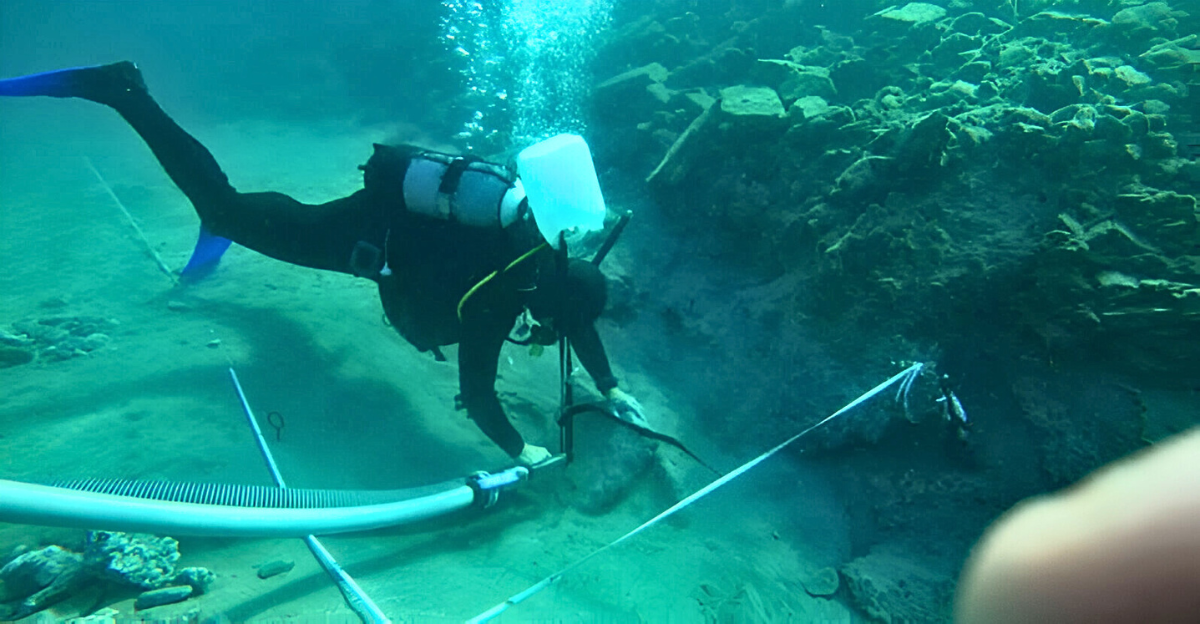
The ocean has many hidden secrets we haven’t even scraped the surface of, and this secret was waiting to be spilled. Archaeologists have uncovered what may be the first physical evidence of a 140,000-year-old sunken city beneath the ocean off Indonesia’s coast. Besides finding the wonders of a lost city, researchers uncovered something much more fascinating.
The ocean covers most of the Earth, but only a mere 5% has been explored, making us wonder what else is hidden beneath the waves, just waiting to be found.
The Lost World of Sundaland
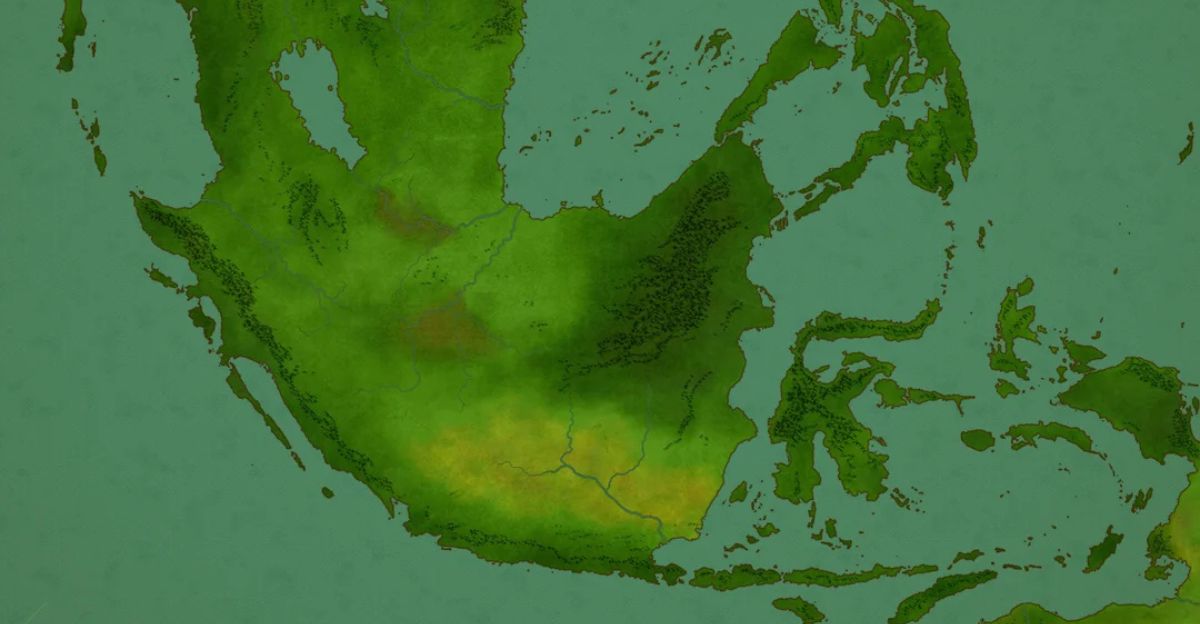
Beneath the waters of Southeast Asia lies the remnants of Sundaland, a vast prehistoric landmass that once connected the modern islands of Java, Sumatra, Borneo, and the Malay Peninsula to the Asian mainland. As the last ice age ended between 14,000 and 7,000 years ago, melting glaciers caused sea levels to rise by over 394 feet, submerging Sundaland beneath the waves and leaving only the highest elevations visible as today’s islands.
This remarkable discovery was made in the Madura Strait, between the islands of Java and Madura. It shocked researchers with fossils and artifacts they were not expecting to find.
How The Discovery Was Made
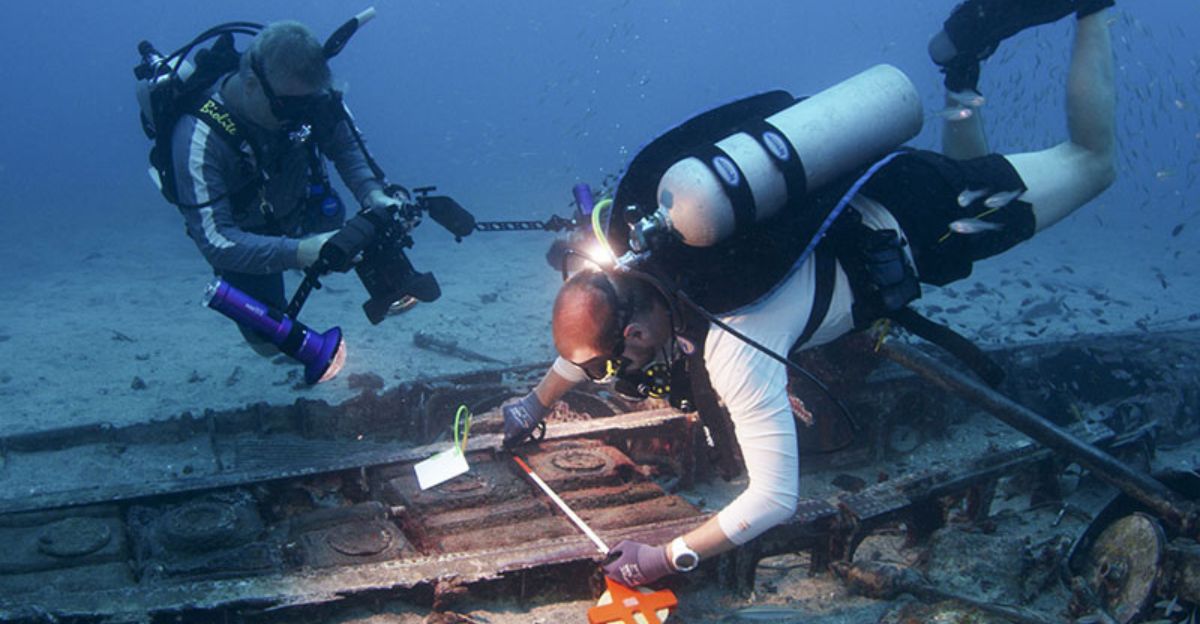
In 2011, workers dredging the seabed for reclamation projects near Surabaya made a discovery they never expected. They uncovered what seemed to be a lost city beneath layers of sand and sediment. It wasn’t until recently that researchers confirmed the age and species of the remains found.
After the initial discovery, the fossils were quickly handed over to researchers for further analysis and dating.
The Fossils Found
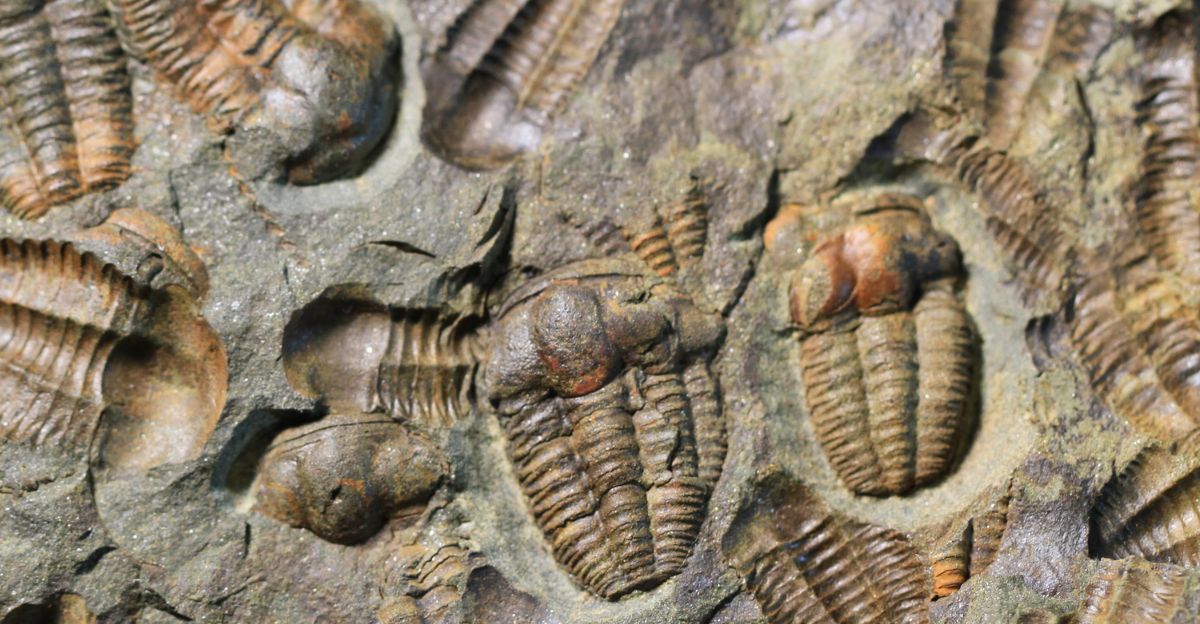
The excavation led to the finding of over 6,000 animal fossils from 36 species, along with two crucial Homo erectus skull fragments. These were the first hominin remains to be found underwater in the region. The fossils belonged to an array of animals, including Komodo dragons, buffalo, deer, and the now-extinct Stegodon, a giant herbivore that once roamed the ancient plains.
“This period is characterized by the great morphological diversity and mobility of hominid populations in the region. The large perennial rivers of Sundaland probably offered good living conditions for Homo erectus in a relatively dry climatic environment of the late Middle Pleistocene,” said archaeologist Harold Berghuis from Leiden University.
The Finding of Our Human Ancestors
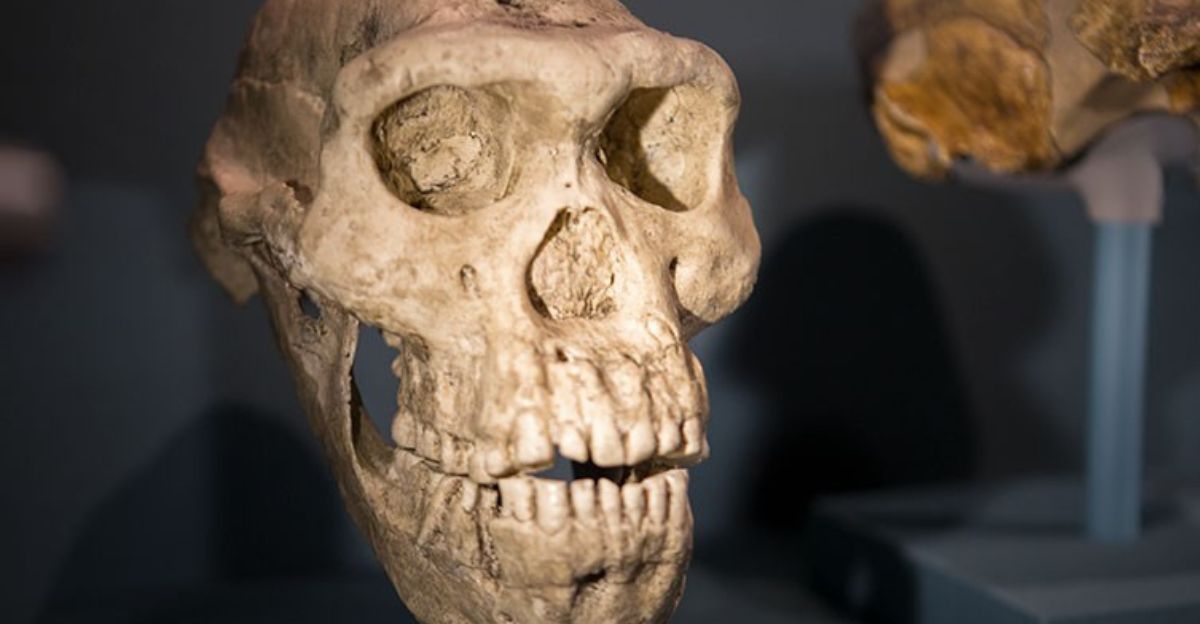
The skull fragments were identified as belonging to Homo erectus, an early ancestor of modern humans. These early humans were not isolated; the evidence suggests they actively hunted large game, like bovids and turtles, using tools to butcher animals and extract bone marrow. This behavior was previously only associated with modern humans on the mainland. This adaptability and intelligence challenges earlier assumptions about Homo erectus’ capabilities.
“The important discovery of this collaborative research is the first evidence of the distribution of Homo erectus in the vast lowlands of the Sunda shelf, which is currently submerged below sea level in the Madura Strait,” said Sofwan Noerwidi, Head of the Archaeometric Research Center, National Research and Innovation Agency (BRIN).
The Animal Remains
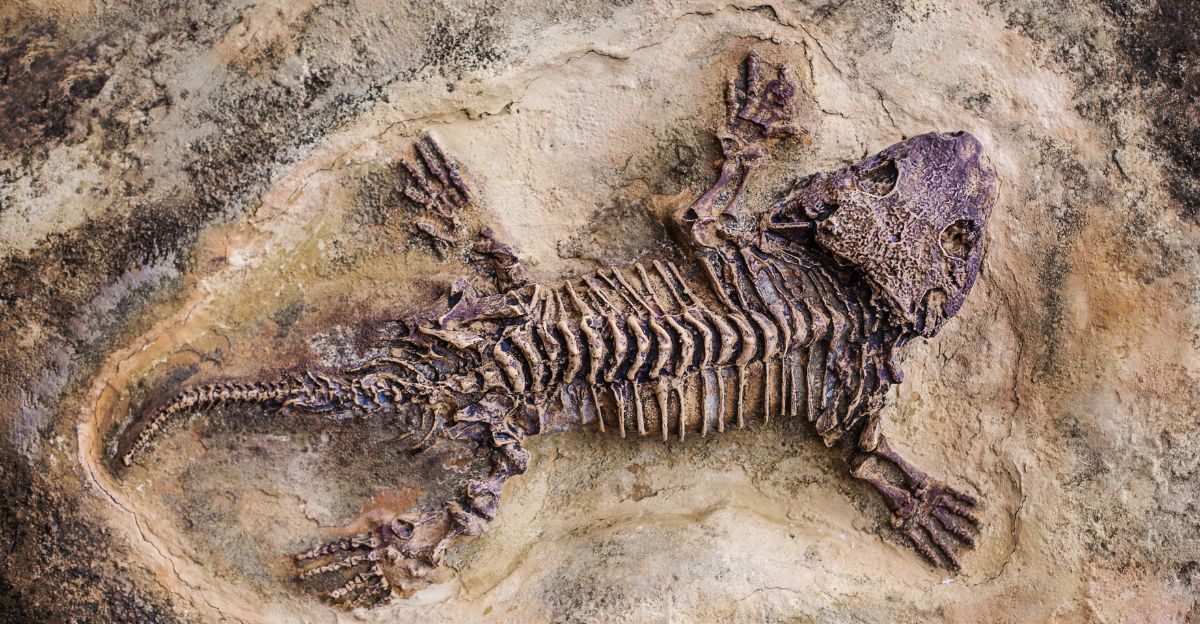
Many of these animals, such as the Stegodon and ancient forms of Komodo dragons, are either extinct or endangered today. Among the 6,000 fossils that were found, the most interesting find was the deliberate cut marks on some animal bones, which reveal that Homo erectus actively hunted and butchered large game.
“The fossils come from a flooded river valley, which over time filled with river sand. We have been able to date the material to around 140,000 years ago. That was the penultimate glacial period. Much of the northern hemisphere was covered by glaciers, and so much of the Earth’s water was stored in the polar ice caps that global sea level was 100 meters lower than it is today,” said Berghuis.
Signs of Advanced Hunting
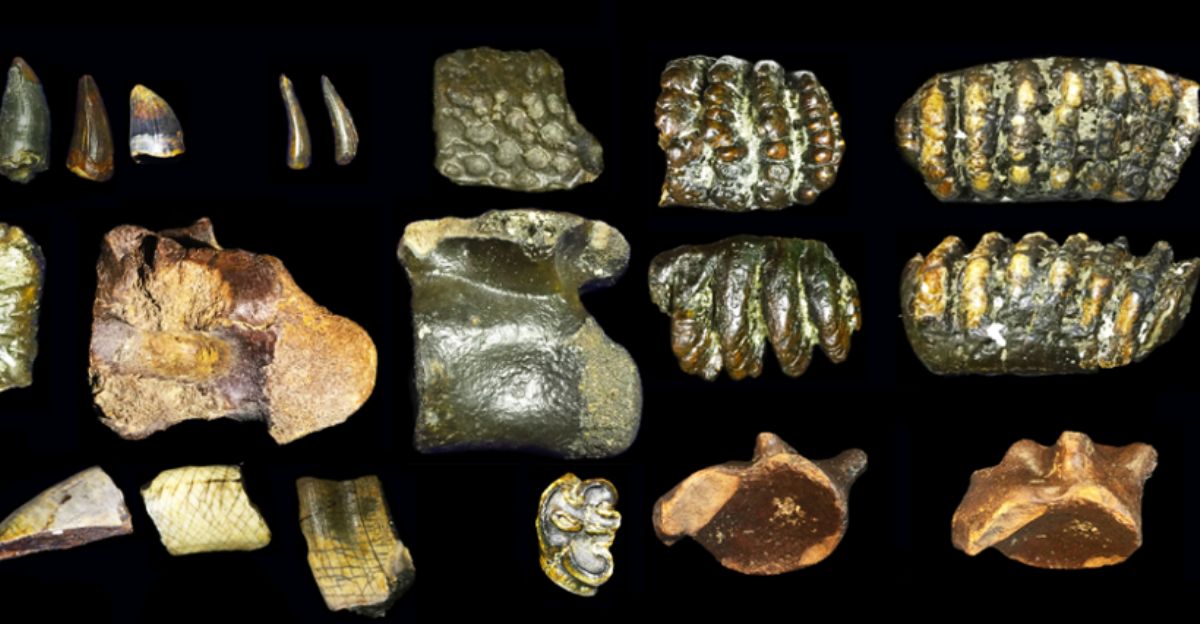
Distinct cut marks on the bones of river turtles and large bovids indicate that these early humans used tools not only to hunt but also to process meat and extract bone marrow. This behavior is most commonly seen in later, more modern human species. The presence of these marks, especially on healthy, prime-aged bovids, suggests that Homo erectus populations in Sundaland were not simply scavengers but strategic hunters, selectively targeting robust animals rather than relying on the weak or already dead.
“Homo erectus already knew how to collect river shells. Among our new findings are cut marks on the bones of aquatic turtles and many broken bovid bones, pointing to hunting and marrow consumption,” he continued.
The Ancient River System
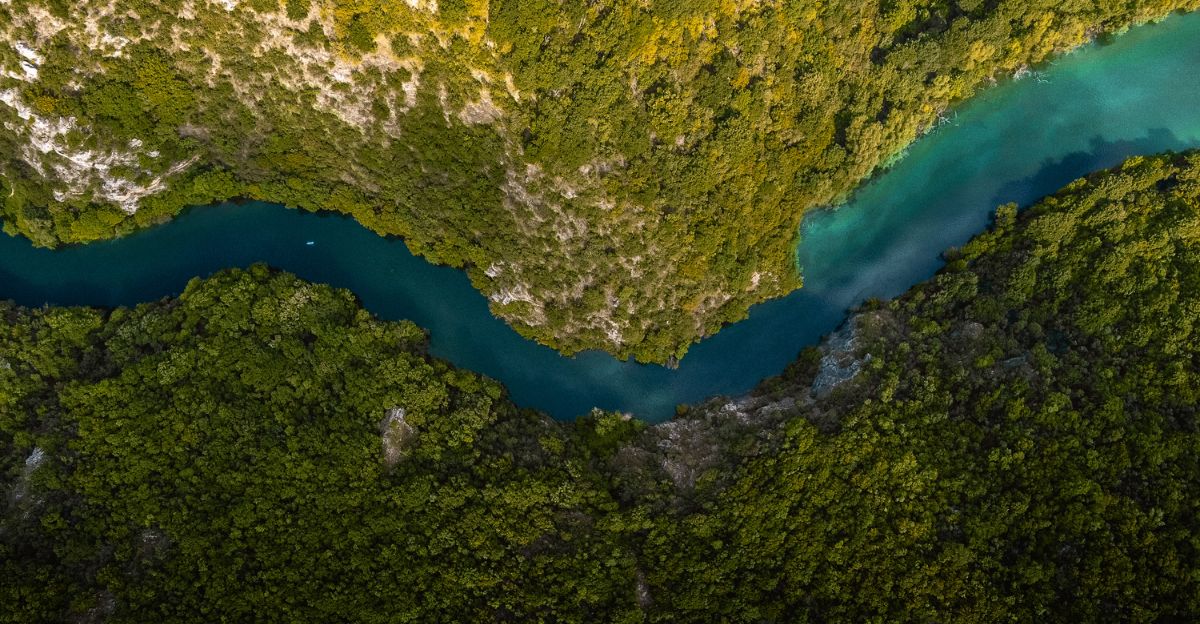
At the heart of this sunken ecosystem lies an ancient river system, believed to be a lowland extension of the Solo River. Geological analysis of the sediment layers and fossil distribution reveals that the Madura Strait site was once situated about 196 feet above the present sea level.
The riverbanks, lined with forests and grasslands, provided abundant resources, fresh water, edible plants, fish, and shellfish, making them ideal habitats for Homo erectus and the diverse animal populations that thrived there.
Dating the Discovery

In order to accurately date the findings, researchers used Optically Stimulated Luminescence (OSL), which measures the last time sediment grains were exposed to sunlight. OSL works by detecting the amount of radiation absorbed by mineral grains since burial; when these grains are stimulated with light in the lab, they release stored energy as luminescence, which can be measured to reveal the elapsed time.
The application of OSL dating at the Madura Strait site confirmed that the sediments, fossils, and artifacts date back 140,000 years.
Future Research of Lost Worlds

Scientists are now planning more extensive excavations and surveys across the submerged plains of the Madura Strait, hoping to uncover additional fossils, artifacts, and perhaps even remnants of ancient structures. The research team, led by international experts from Leiden University and collaborating institutions in Indonesia, Australia, Germany, and Japan, is committed to publishing comprehensive studies beyond the most eye-catching finds.
With a whole ocean left to explore, the wonders of the past are sure to surface one by one, captivating the world with their mysteries.
Explore more of our trending stories and hit Follow to keep them coming to your feed!

Don’t miss out on more stories like this! Hit the Follow button at the top of this article to stay updated with the latest news. Share your thoughts in the comments—we’d love to hear from you!







